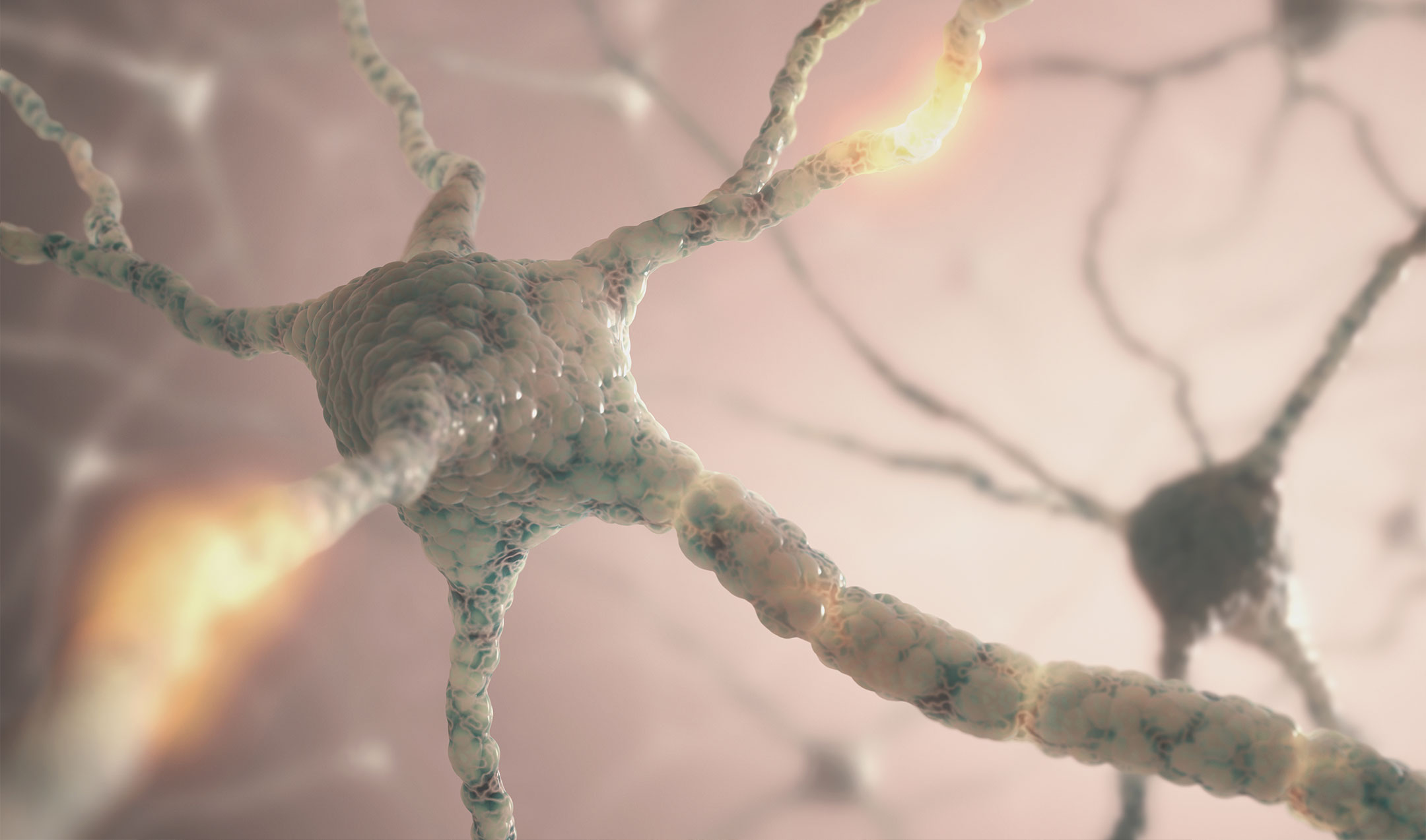Have you ever marveled at the brain’s ability to learn, grow, and change? While some may think that this primarily occurs during our developmental years, in reality, it is an ongoing process that takes place continuously throughout each moment of our lives. This incredible ability is known as neuroplasticity, a fascinating phenomenon that allows our brains to rewire and reshape themselves based on our experiences and behaviors. In this article, we’ll explore what neuroplasticity is, its influence on our wellness, and the ongoing potential to train your brain.
What is Neuroplasticity?
Neuroplasticity, also called brain plasticity or neural plasticity, refers to the brain’s capacity to reorganize itself by forming new neural connections and pathways in response to learning, experience, injury, or disease. It challenges the long-held belief that the brain’s structure is fixed and unchangeable beyond a certain age.
How Neuroplasticity Works
At the core of neuroplasticity lies synaptic plasticity, which is the ability of synapses (the connections between neurons) to strengthen or weaken over time in response to activity. When we learn new things or repeat specific tasks, neural circuits become more efficient, and synapses strengthen, creating more robust connections. This phenomenon is essential for forming memories, acquiring new skills, and improving cognitive abilities.
The principle of use-dependent plasticity suggests that neural connections that are frequently used are strengthened, while those that are rarely engaged may weaken or even atrophy. This concept emphasizes the importance of actively using and stimulating specific brain functions to maintain efficiency and prevent decline.
With this in mind, do you recall the common phrase, “Practice makes perfect.”? We need to create new or strengthen current synapses (brain connections between neurons) through practice to build habitual or accessible ways of thinking and being that benefit us holistically in our journey to wellness.
Neuroplasticity and the Dimensions of Wellness
Neuroplasticity plays a crucial role in shaping our overall wellness. It affects how we think, feel, and behave, influencing all aspects of our lives. Let’s explore how neuroplasticity affects our seven dimensions of wellness and how we can harness the power of this phenomenon to strengthen each dimension;
The Emotional Dimension of Wellness
Neuroplasticity can also help us manage and regulate our emotions. With deliberate practice and training, we can rewire our brains to develop healthier emotional responses and coping mechanisms. This is particularly significant in promoting emotional wellness and resilience.
How? Practice mindfulness and meditation to rewire the brain for better emotional regulation. Engage in activities that bring joy and relaxation to promote positive emotions.
The Environmental Dimension of Wellness
A rich and stimulating environment promotes brain plasticity. Exposure to diverse experiences and environments can enhance cognitive function and contribute to environmental wellness.
How? Surround yourself with a diverse and enriching environment. Explore nature, visit museums, attend cultural events, and engage in new experiences to stimulate brain plasticity.
The Financial Dimension of Wellness
Neuroplasticity can influence financial behaviors and decision-making. By understanding how the brain adapts and forms habits, individuals can make better financial choices to improve their financial wellness.
How? Educate yourself on financial matters and practice making informed decisions. Regularly review and adjust your financial habits to promote positive neural adaptations.
The Intellectual Dimension of Wellness
Neuroplasticity is the foundation of learning and cognitive development. As we acquire new knowledge and skills, our brain forms new neural connections; strengthening existing pathways and facilitating information processing. This continuous learning process is vital for our intellectual wellness.
How? Challenge your brain regularly with puzzles, games, and learning new skills. Continuous intellectual stimulation supports neuroplasticity.
The Occupational Dimension of Wellness
Challenging ourselves in our careers and hobbies encourages neuroplasticity. Seeking novel experiences and acquiring new skills in our professions fosters brain plasticity and enhances our occupational wellness.
How? Seek opportunities for growth and skill development in your profession. Embrace new challenges and step out of your comfort zone to foster brain plasticity.
The Physical Dimension of Wellness
Neuroplasticity is instrumental in physical rehabilitation after injuries or strokes. Through targeted therapies and exercises, the brain can create alternative pathways to regain lost functions and improve physical wellness.
How? Stay physically active and maintain a balanced diet, as exercise and proper nutrition are linked to improved brain health and plasticity.
The Social Dimension of Wellness
Engaging in social interactions, building relationships, and maintaining a strong social support system can positively impact neuroplasticity. Social connections stimulate the brain and contribute to overall social wellness.
How? Prioritize meaningful connections and engage in social activities that encourage communication, empathy, and cooperation, all of which support neuroplasticity.
Embrace Your Brain’s Potential
Neuroplasticity is an incredible gift that allows our brains to adapt, learn, and flourish throughout life. By understanding the significance of neuroplasticity and embracing its potential in each dimension of wellness, we can lead healthier, more fulfilling lives. We can also use this concept as proof of our ability to make positive changes across all dimensions of ourselves with mindful dedication. So, let’s harness the power of our amazing brains and nurture our ability to change and build habits through neuroplasticity to become a happier version of ourselves.





